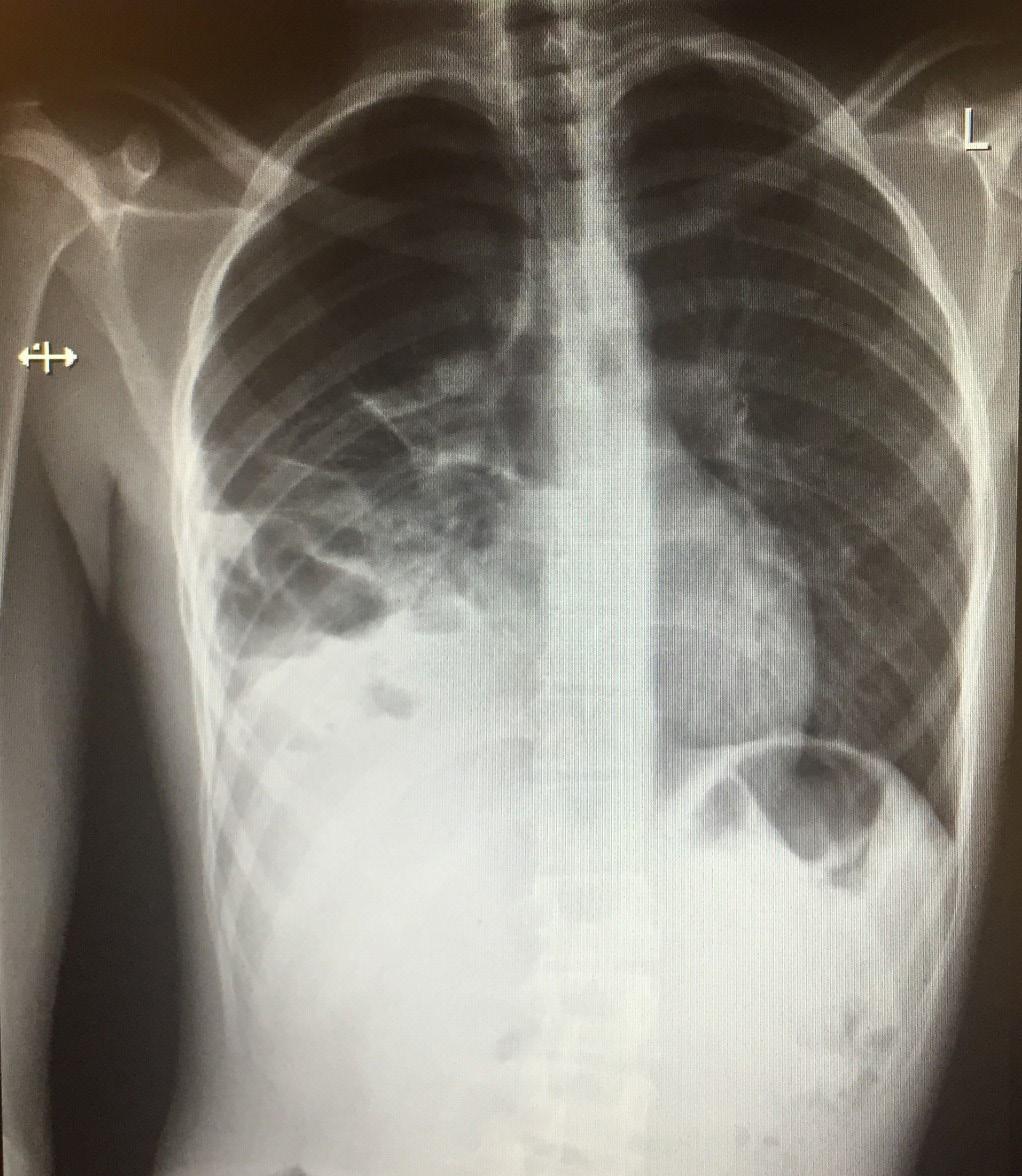
4 minute read
Congratulations, Emergency
EMRAF President’s Message
By Matthew Beattie, MD
Advertisement
EMRAF President ’19-20
I just returned home from my last shift of residency. It seems like, not that long ago, I was walking into my first shift. I don’t remember the details, like how uncomfortable I felt or how little I knew, because during residency, we gain the experience and knowledge necessary to venture out and care for patients on our own. It is a cool process, and it works. By spending so much time at the hospital and on so many different rotations, we learn what we need to know to prepare for our career. My first shift is in a week, and I’m excited, but I’d be lying if I said I wasn’t a little nervous.
I want to congratulate all the graduates who are starting the next phase of their careers. What a time to start practicing emergency medicine. Who else can say that they graduated residency in the middle of a pandemic! Over recent weeks, the virus has taken an exponential turn just in time for us to start our new jobs. What a privilege and responsibility to care for our community in this time of need. I encourage you to stay safe and keep your family safe.
For the upcoming senior residents and incoming interns, take the time to grow together as a class. Work hard and learn from your attendings and patients. Residency is an awesome time where you are surrounded by a community in a similar stage of life. When you walk into your shift, think of one way you can encourage someone that day.
It has been an awesome three years! Thank you for allowing me to serve as president of the Florida chapter of EMRA. I encourage you to get involved and to find ways to make a difference in our specialty. ■
COMMITTEE REPORTS
Medical Student Council
By Dan Schaefer, MPH, MD Candidate – M3
Secretary-Editor, FSU College of Medicine
The FCEP Medical Student Council has officially transitioned to a new leadership team. Please welcome our new chair: Patrick Anderson (NSU), our new advocacy chair: Chloe Gould (FIU), and our new secretary-editor: Dan Schaefer (FSU). Our outgoing team did an absolutely fantastic job over this last year.
At this time, medical students are facing very unique challenges to their medical education. Can you remember your own third and fourth years in medical school? Can you remember the interview trail and the residency match process? Since the SARS-COV-2 pandemic resulted in economic turmoil and social distancing in March, students have been pulled off clinical rotations, hospitals have closed to student rotators, anatomy labs have shuttered, and curriculum has switched to online platforms. EM organizations aligned with the other medical specialty organizations across the nation and deemed that all residency interviews will be conducted virtually! In response, the Medical Student Committee has worked to keep students across the state informed and prepared for the virtual interview season ahead. We are holding live, faculty-led informational sessions that are open to all students, as well as recording them and posting them to be viewed at a later date. If you are interested in more information, please check us out on Facebook at FCEP Medical Student Group. ■
Board & Committee Meetings
August 6, 2020 via Zoom
Recordings will be emailed to FCEP members afterwards.
SCHEDULE:
1:00 PM – 2:00 PM EMS/Trauma Committee Meeting
1:00 PM – 3:00 PM Council of EM Residency Program Directors and Core Faculty Meeting
2:00 PM – 3:00 PM Pediatric EM Committee Meeting
3:00 PM – 5:30 PM FCEP Board of Directors Meeting
Daunting Diagnosis: A
By Karen Estrine, DO, FACEP, FAAEM
Editor-in-Chief
� CONTINUED FROM PAGE 18
The chest XR was initially read by the radiologist as a “hydrothorax.” To further evaluate the hydrothorax, a rapid chest CT was obtained while the patient was set up for a chest tube insertion under conscious sedation.
Upon insertion of a right-sided chest tube, over 1000cc of bright red blood was evacuated from the chest cavity. Heart rate improved to the 120’s, and the patient was admitted to the SICU under cardiothoracic surgery.
Throughout the week, chest tube drainage was monitored by the SICU team. The chest tube was eventually removed, and the patient was discharged home with no further insight into why he accumulated a massive hemothorax.
One week later, the patient presented again to the ED with fever, tachycardia, and tachypnea.
The patient now presents with sepsis from an empyema. A sepsis protocol was initiated, and the patient was admitted to cardiothoracic surgery for urgent pleurodesis. The patient tolerated surgery well, although his disease pathogenesis still remains a mystery. ■
Chest CT prior to chest tube insertion:

CXR after 32 F chest tube inserted:











